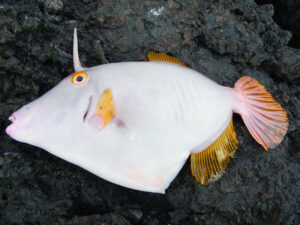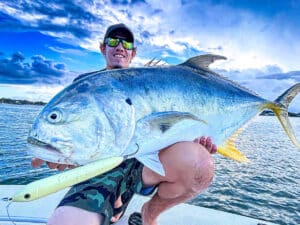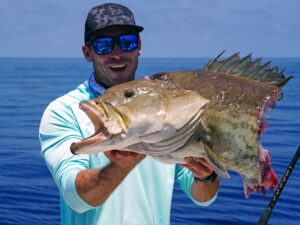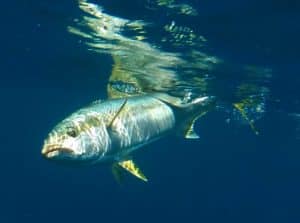Regardless of what’s happening above water, striped bass already know their springtime routine: Spawn inshore and then migrate north. However, with the species undergoing great scrutiny now and regulations changing—on top of a worldwide pandemic for the human population—we wanted to know what anglers are seeing on the water and what some experts project for the future, as the peak fishing months loom.
We talked to sources in Maryland, New York and Massachusetts. Here are their observations and expectations.
Maryland
David Sikorski, executive director, CCA Maryland
“There’s no question the pandemic has taken the pressure off,” he says, noting also that Maryland had closed Chesapeake Bay striper fishing in its state waters—even to catch and release—for the month of April, based on a 2018 stock assessment that indicated declines.
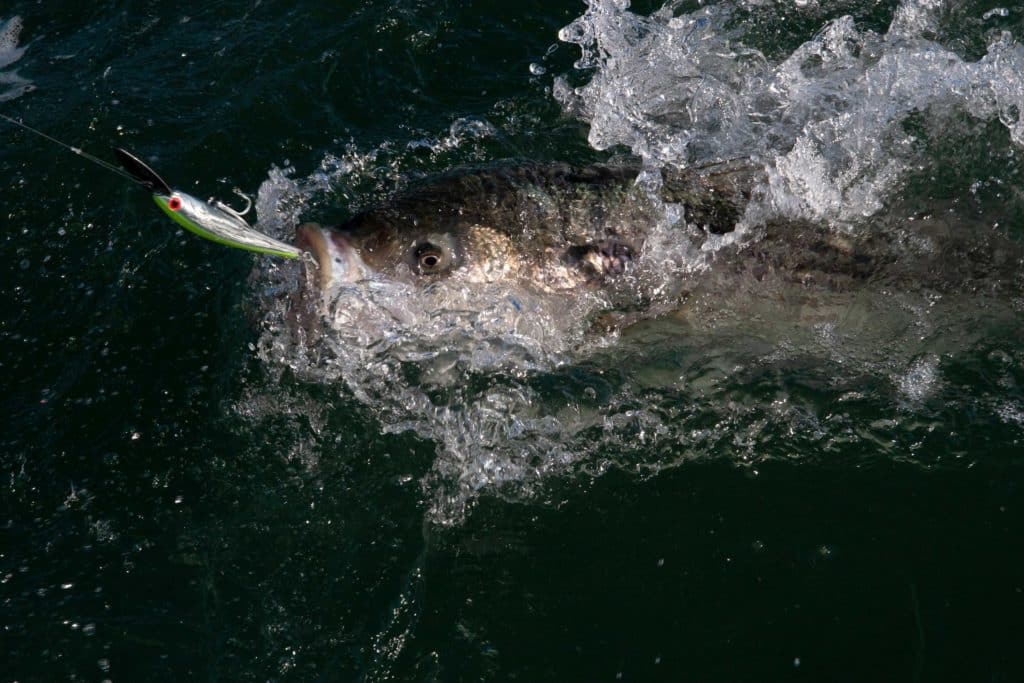
“That’s an important time for fish to come in and spawn. [The lack of pressure] has kept some big fish around longer than expected.”
In early May, as parts of the bay opened and pandemic restrictions began to loosen, anglers found some stripers up to about 40 inches, mostly trolling. “Those who were able to get out there could find a fish of a lifetime,” Sikorski says.
In general, though, the very biggest bass spawn and leave before the season ever opens, he says. The others are on the move, and hot spots change day to day.
Normally, by mid-May, many of the remaining spawners have moved north, and the size of caught fish decreases. But Sikorski says he thinks the migration might lag. After a warmer than normal period this winter, spring came in cold. Rains made the rivers rage.
“It has yet to be determined what effect that has on the fish longterm. Cold spring rains often have an effect on spawning success (larvae survival). We’ll be waiting to see what the surveys say,” he adds.
By June 1— when the bay and all of its tributaries will be open—the focus will be on schoolies. “For the last five or six years, we’ve had a large group of resident fish hanging around. We’re fortunate to have the best of both worlds: Big fish seasonally and lots of residents the rest of the year.”
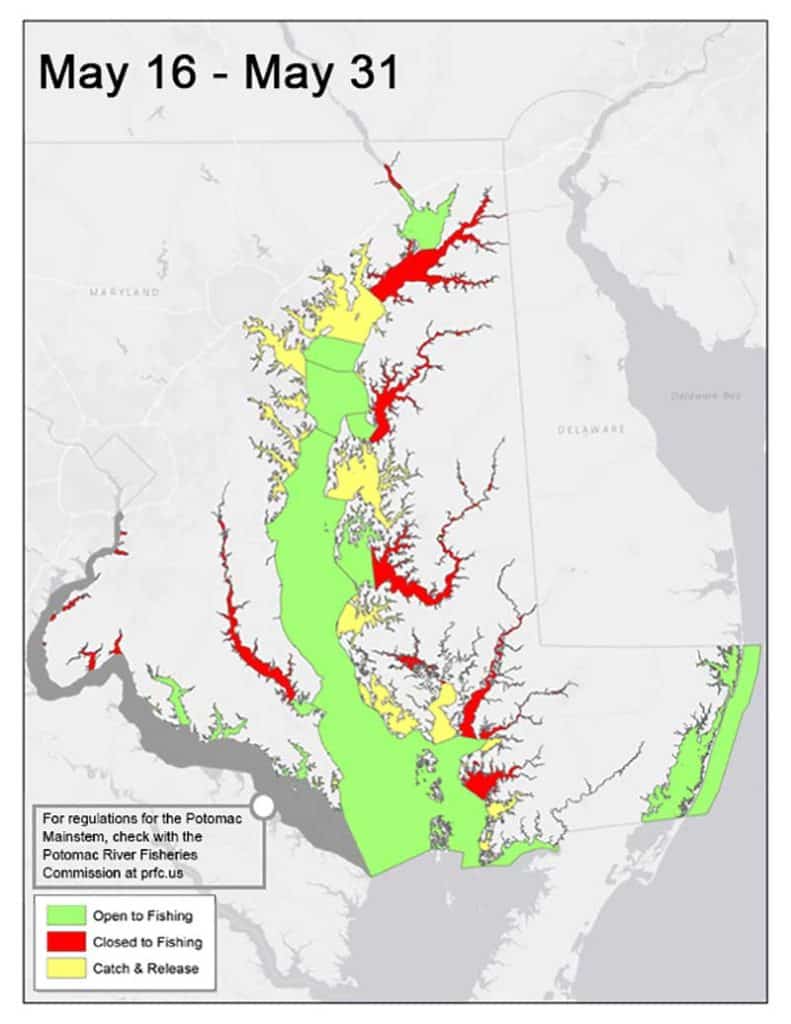
Bass will be available in shallow water until temperatures start to rise, when they’ll slide off to the ledges, roaming in packs to chase bait or ambush prey on structure. Bluefish and Spanish mackerel join the bass in late summer, and a few big redfish sneak in—all feeding on the large schools of bait.
At this writing, Maryland’s striped bass regulations for the rest of the year had just been approved. The bay will fully open June 1 and remain open through Aug. 15. It will close for the month of August, reopen Sept. 1 through Dec. 10, and open for catch-and-release only from Dec. 11-31. Check the Maryland DNR site for additional color-coded maps.
New York
Capt. John McMurray, charter captain, legislative proxy on the Atlantic States Marine Fisheries Commission
“We had a pretty early start here. We started catching fish in Raritan Bay on March 28, good ones too—in the 15- to 25-pound range,” says McMurray, who clarified that he was fishing with his son at the time. “It’s not unheard of to have them so early, but it’s still unusual.”
McMurray theorizes that those early stripers were almost undoubtedly pre-spawn Hudson River fish. Normally, he sees the bigger fish around the second week of April.
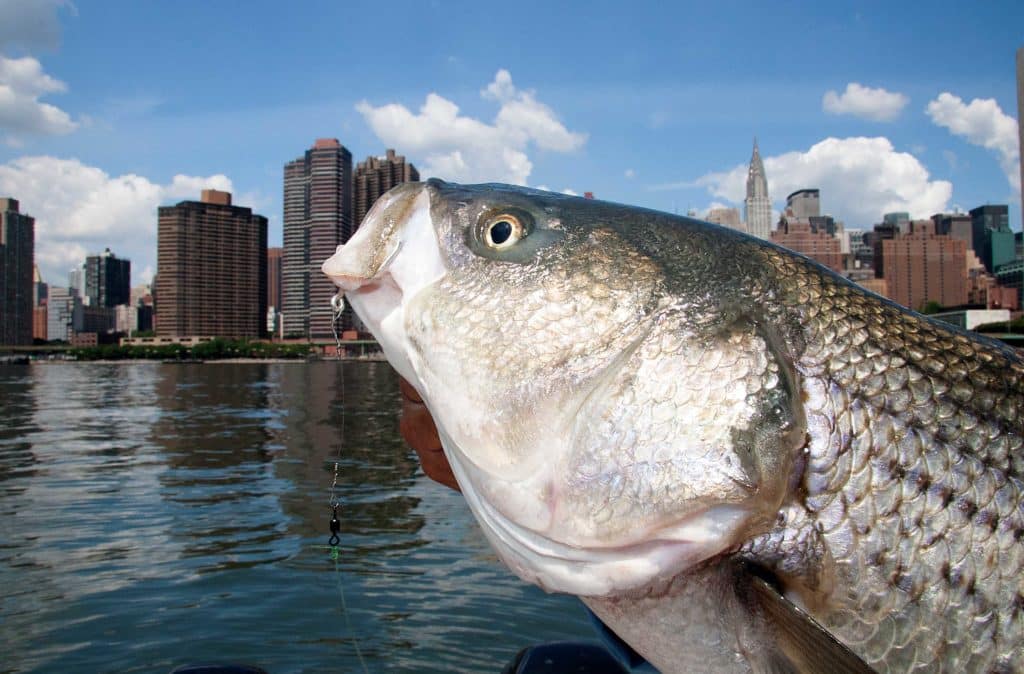
He says the bay still holds some good bass, “but it’s a zoo over there now. One would assume [the pandemic] would result in a decrease in effort,” he says. “But I’m seeing just the opposite. Fewer people are having to go into the city; they’re working from home or on furlough, or not working and collecting unemployment plus another $600 a week in pandemic unemployment insurance. Any nice day is kind of crowded.”
To top it off, Raritan seems to be the only hot spot. “While we had a mild winter, it has been a cold and windy spring. We’ve not really had any 70-degree days yet,” he adds. “Jamaica Bay has been slow. There are lots of schoolie bass in there but not many larger fish. The ocean side of western Long Island hasn’t really seen a run of fish yet, but I suspect that will happen any day.”
Eastern Long Island had an unusually early run of fish too, McMurray says. “From what I’ve been told and what I’ve seen on social media, they were getting lots of 10-pound-class fish on herring. That usually doesn’t start going good until mid-May. In short, everything is screwy this year.”
Peering into his crystal ball, McMurray says more Chesapeake fish should start to come through. “There were a crap-ton of 24-, 25-inch fish last year. Presumably those were the Chesapeake 2015 [year class],” he says.
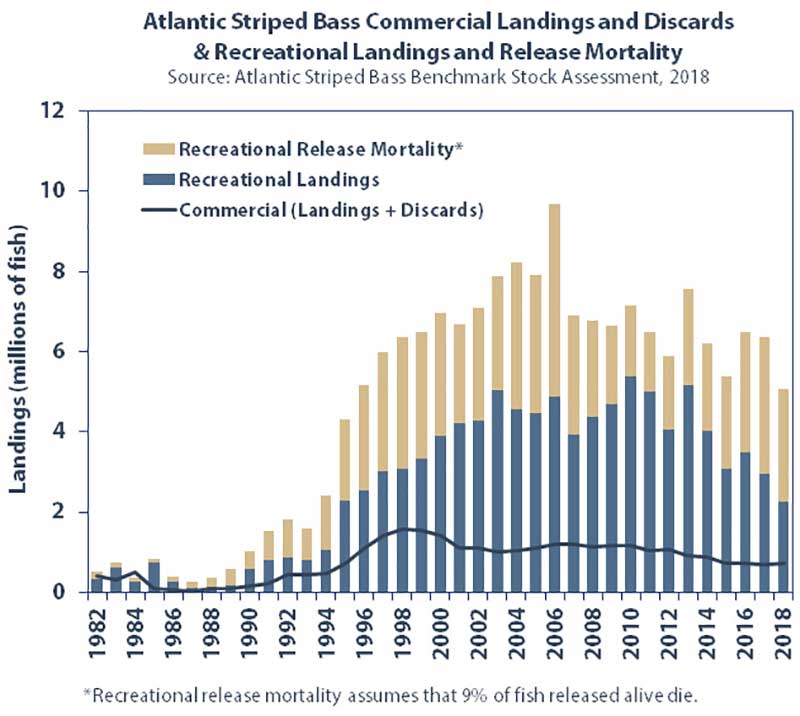
Atlantic States Marine Fisheries Commission reports state that recruitment for the species was high in 2012, 2015 and 2016. Those fish, which would be 4 to 8 years old this season could measure anywhere from about 21 inches to more than 35, although length estimates can be highly variable.
“Once the fish start flooding out of the Chesapeake, I suspect we’ll see a lot of 27- to 29-inch bass—kind of perfect for the light-tackle fleet. Of course, how many make it out of the bay all depends on how many of them get whacked before leaving. With regulations the way they are down there, it’s hard to say, but I’m optimistic.”
Massachusetts
Capt. Mike Hogan, owner Hogy Lures
“So [the striped bass season] is different every year, and it feels like in recent years the fluctuations have been more pronounced than others,” says Hogan, whose lures sell to striper anglers up and down the mid-Atlantic and Northeast coastlines. “The last week of April through the first week of May is pretty much fair game to see the migratory fish in our neck of the woods. We have plenty of fish during milder winters, a lot of fish in the bays and estuaries winter here, and they’re getting more active now.”
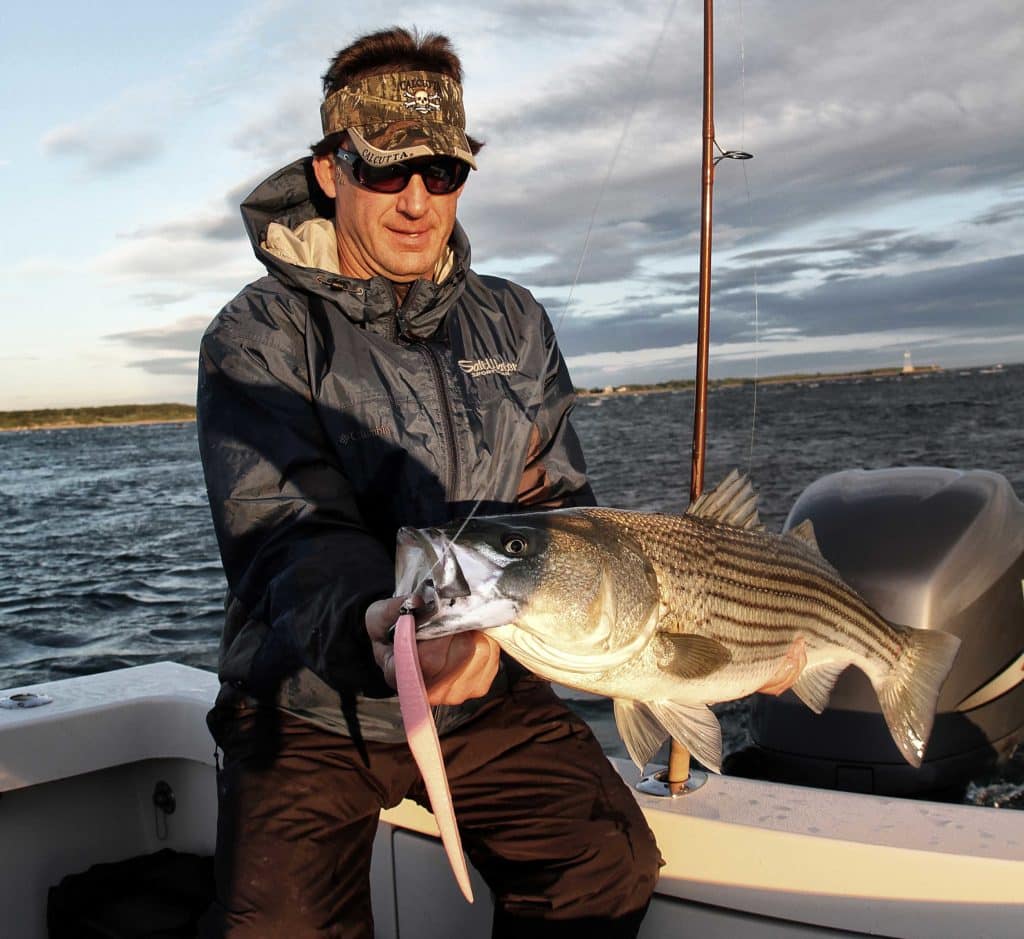
Hogan has noted one telltale sign of migratory fish arrival—sea lice—which have been in Cape Cod waters for a week or two. The other “Yankee tell” for keeper bass, he says, is whether the lilac bushes have bloomed.
Hogan also reports that he has heard reports that a number of anglers have already caught slot-size fish. “We’re off to a fishy start. There are plenty of schoolies everywhere and fewer people fishing for them,” Hogan says, adding that the weather has been frigid and windy and that a lot of beach parking lots have remained closed due to the virus. The early season has historically been a shore-fisherman’s game.
“Access is an issue. If you find a spot to park at your estuary spots, the bass are in the bays where the water is a little warmer. The herring are still running, and the squid just showed up this week. Spawning season for loligo squid went from 0 to 60 this week.”
Over time, fish in the bays will start moving out, and the bigger fish are usually a week or two behind the squid. Hogan says he has heard of plenty of big fish in Rhode Island.
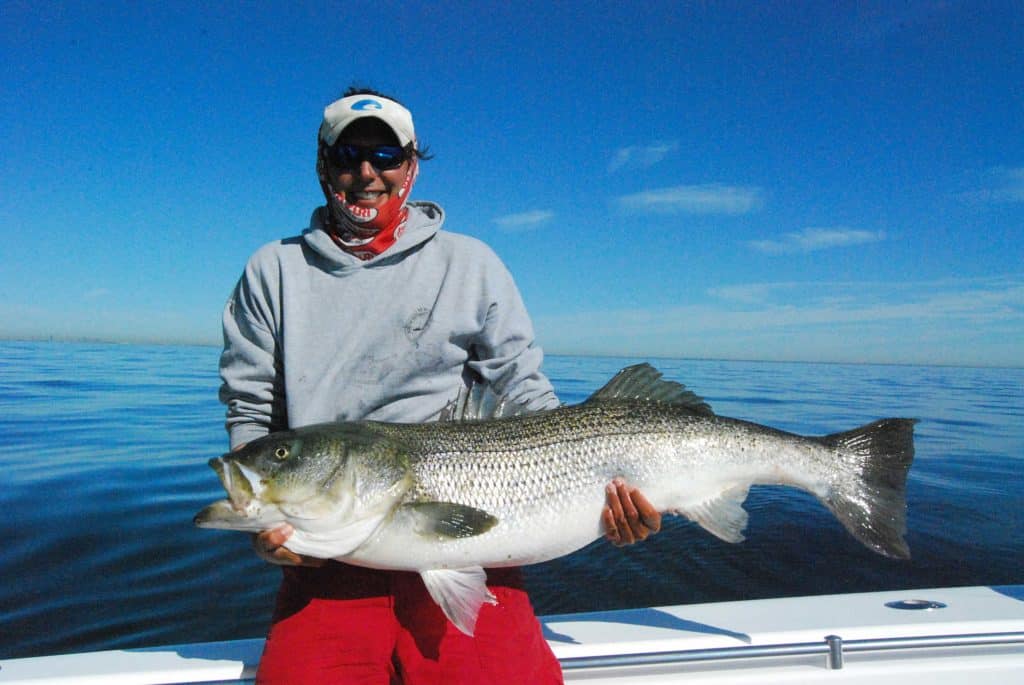
Driving around town, Hogan says the marinas seem pretty empty but boats are starting to go in the water. With many summer camps canceled and the availability of beaches questionable on the cape, at least one boat broker reported to Hogan that sales seem to be brisk. “A lot of people are planning heavy usage for their boats this summer, given the fewer options,” he says.
Also, as striped-bass fishing peaks in June and kids are out of school without sports or family travel options, “this could be an epic fishing season for people that haven’t been able to fish the peak before,” he adds.
While fishing pressure could begin to escalate, Hogan reminds anglers that the bass population is overfished and undergoing overfishing. Occasional epic stretches of bass fishing give people a false sense of security, but ever year those stretches decrease in duration.
Read Next: How to Catch Striped Bass
Those occasional slugs of fish create high highs and low lows for anglers. One bright spot, however: Last season, Hogan says he say an encouraging number of smaller fish. “I heard last year was a good spawning year, so I think that’s a positive outlook for the future,” he says.
If the weather warms, Hogan expects action to be hot and heavy over the next week. His advice on artificial baits to try: “I’m a match-the-hatch kind of guy,” he says. “It depends on where you’re fishing. If you’re fishing a squid bite, use anything amber—our amber-colored popper last year had the most success. For herring, you can’t go wrong with the white Pro Tail Paddle, and if you’re in Cape Cod Bay and the stripers are on sand eels, Sand Eel jigs would work.”

